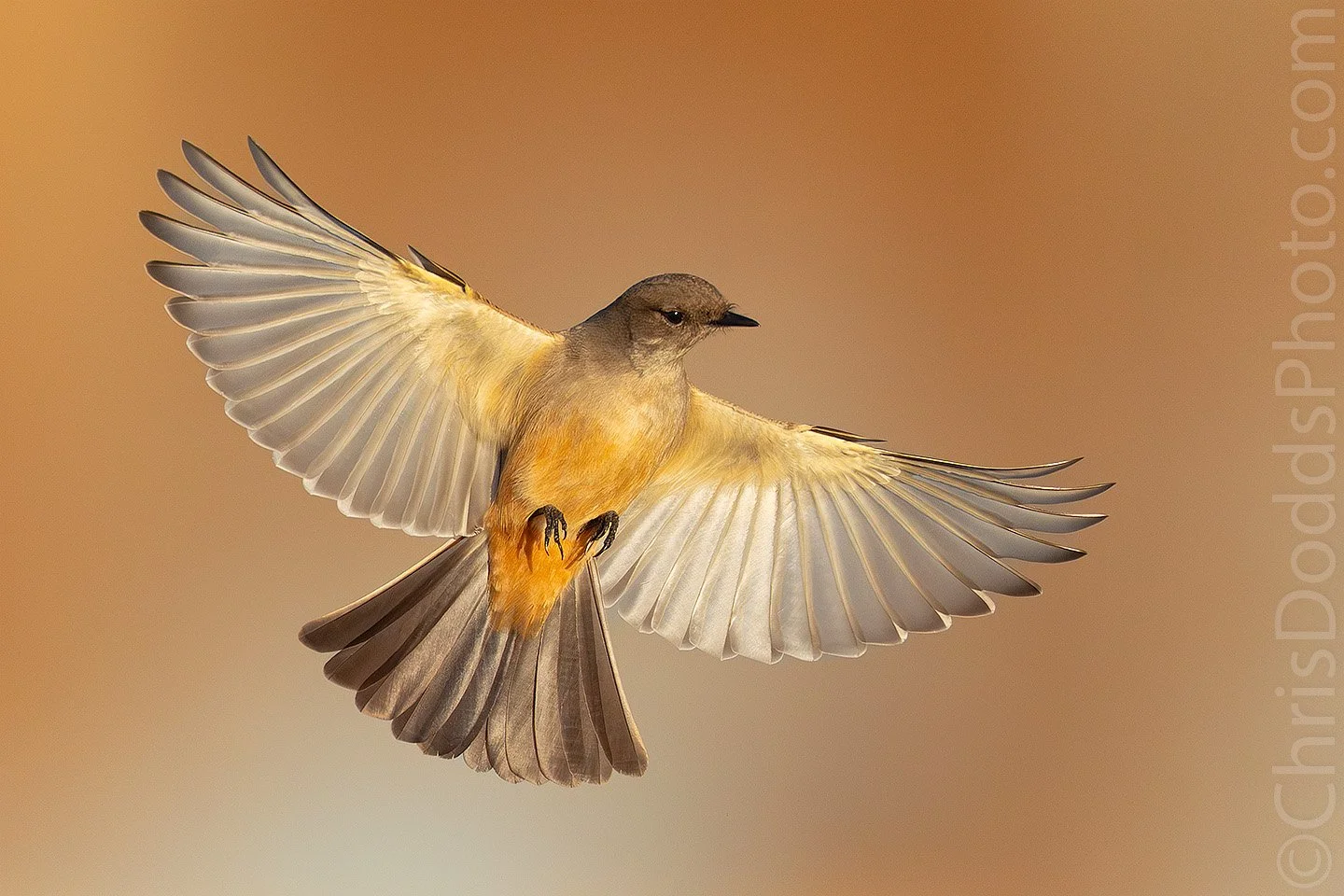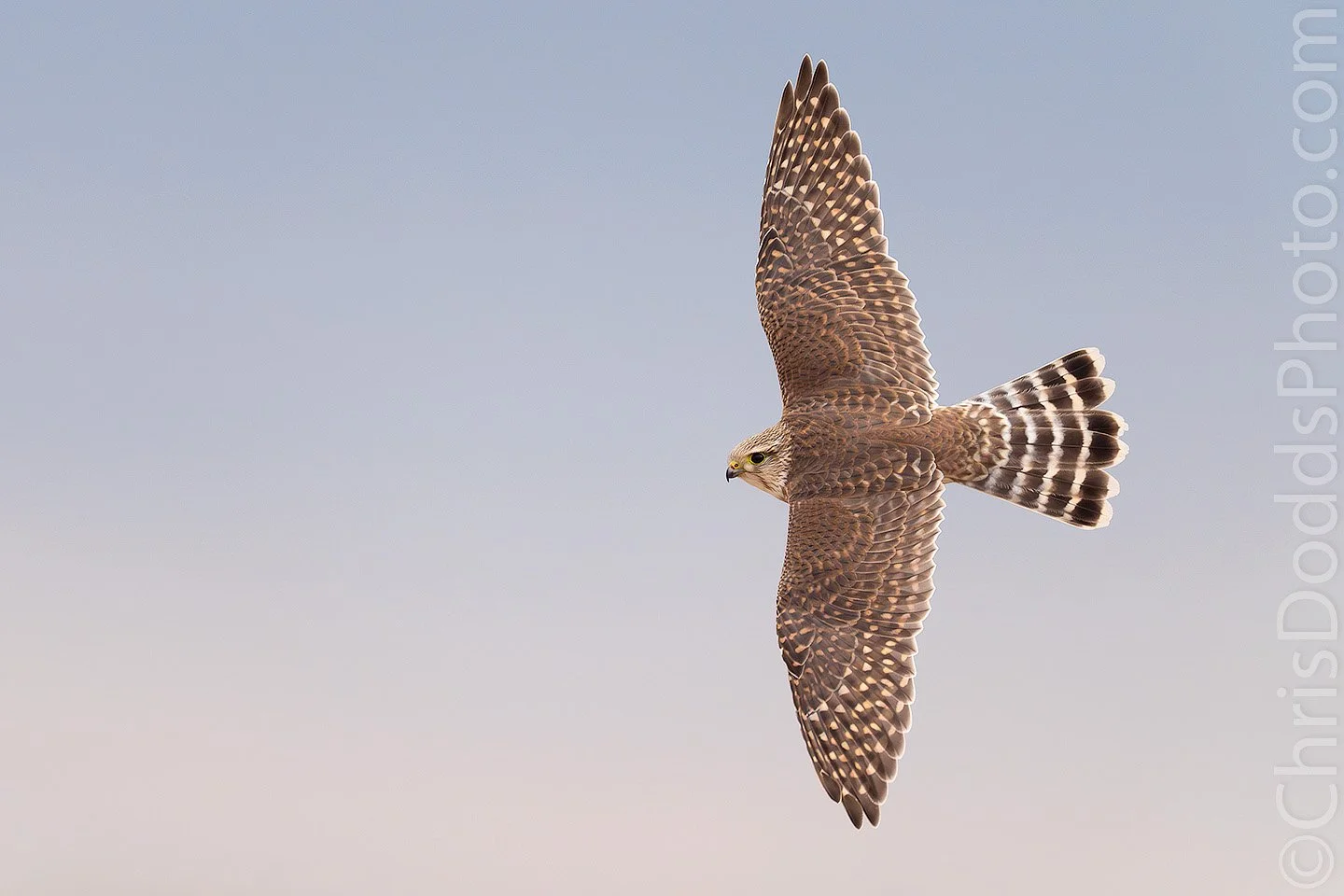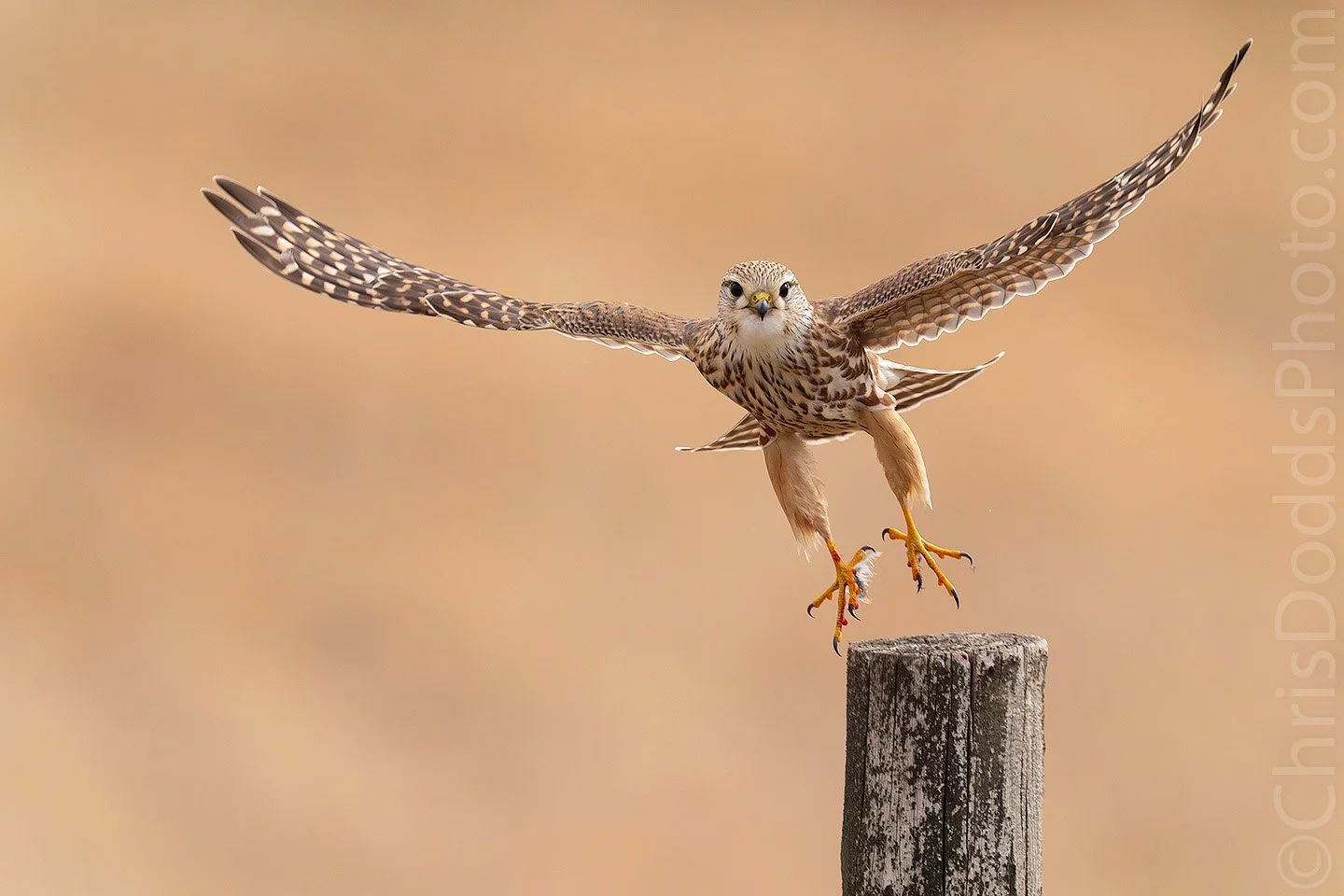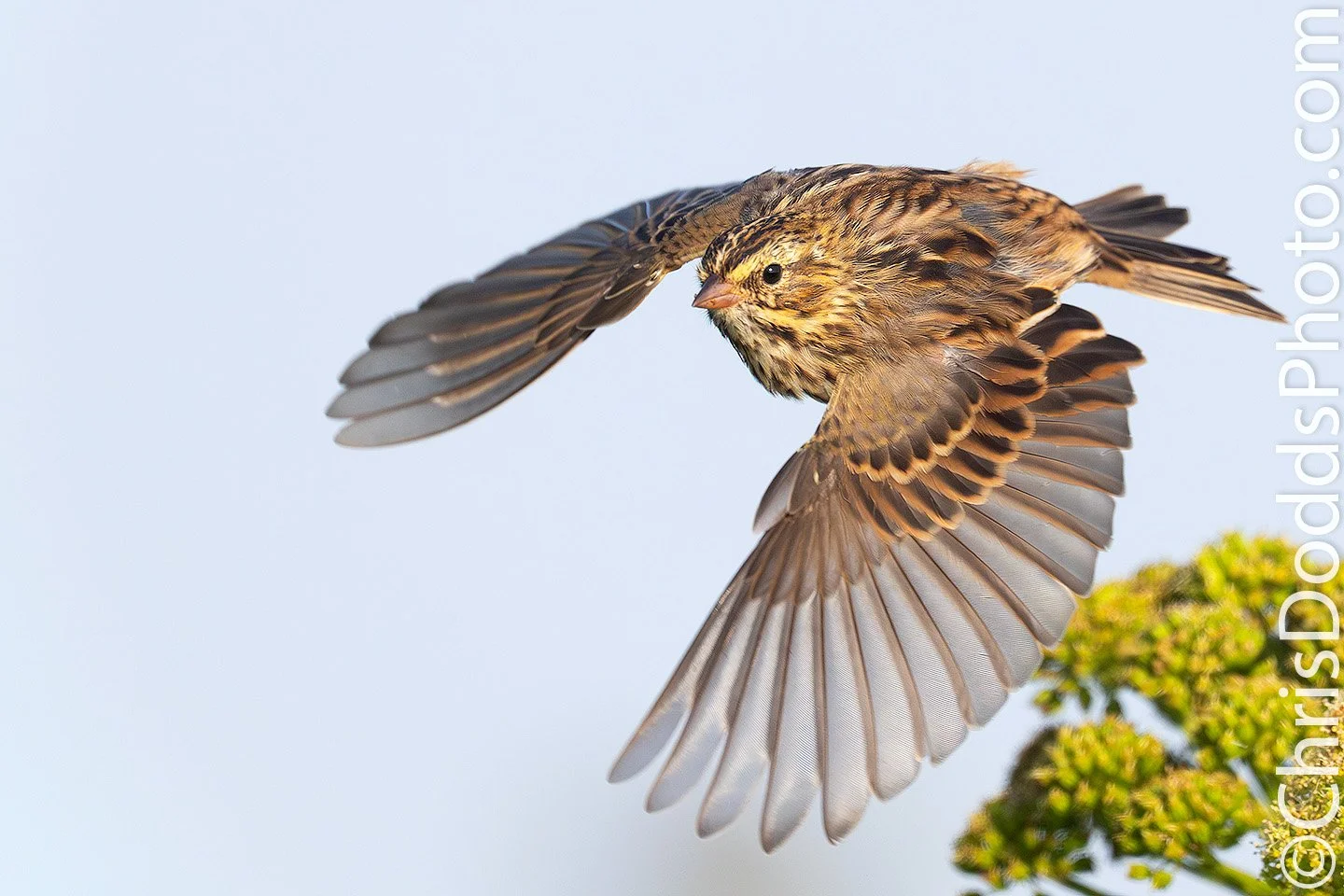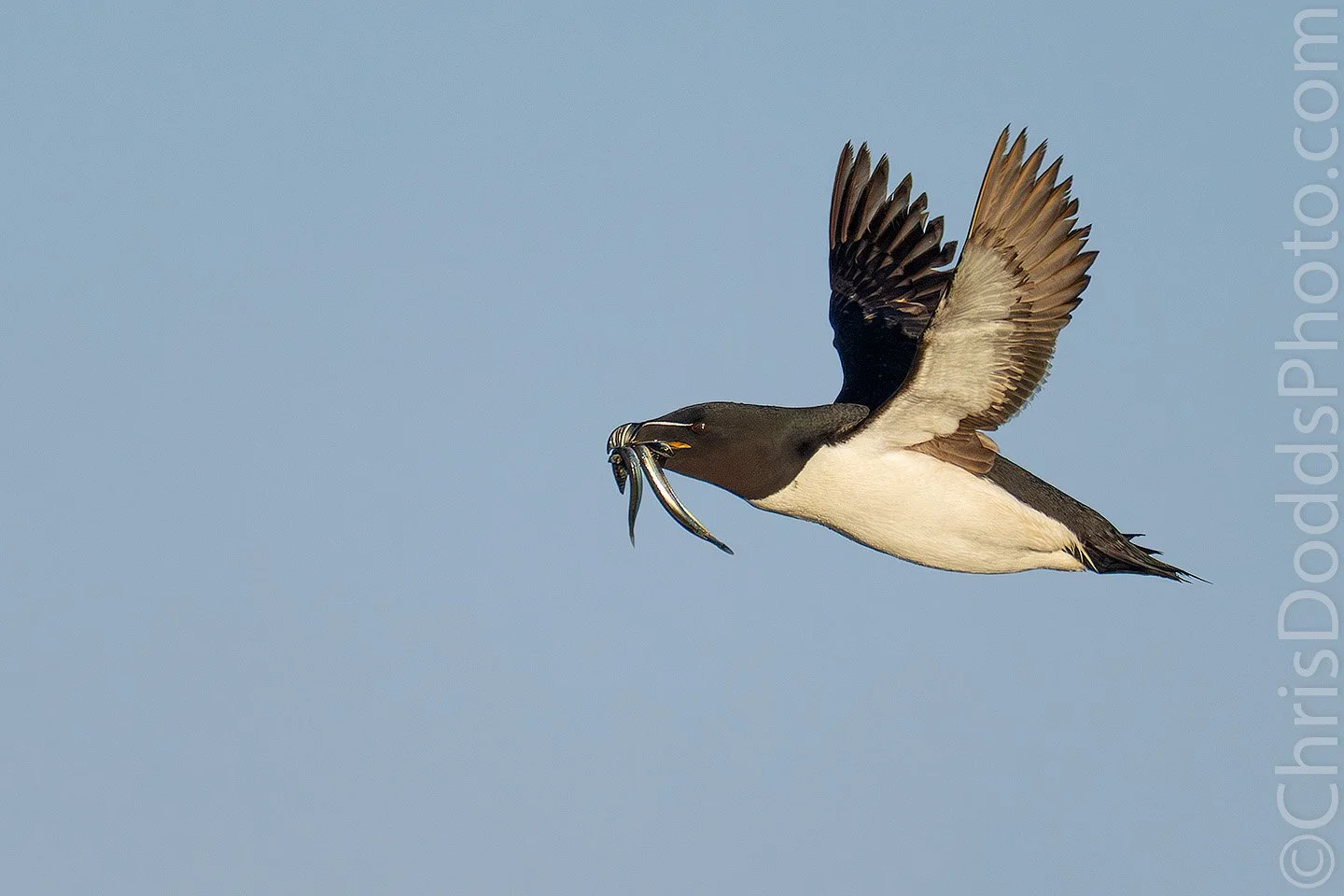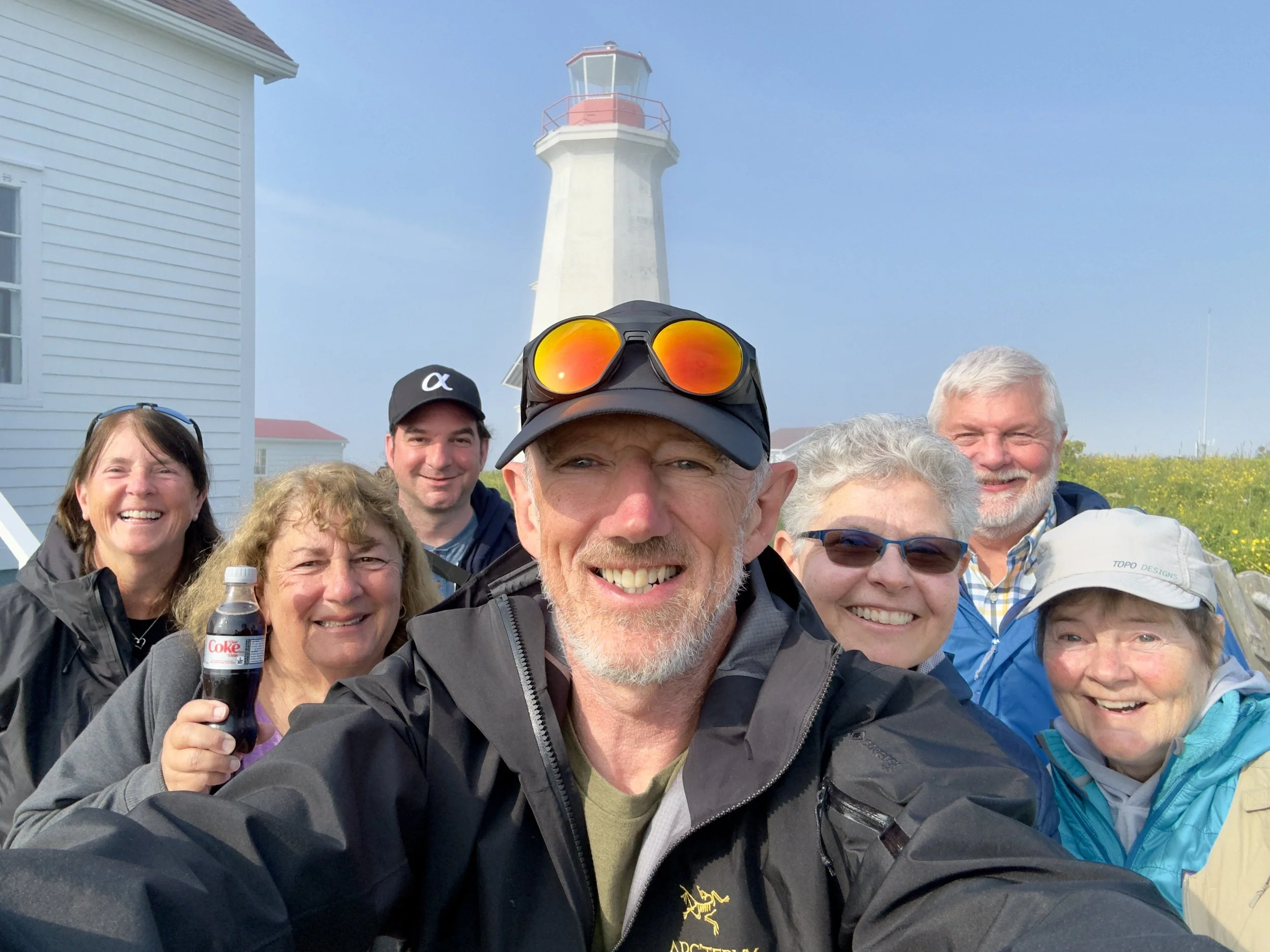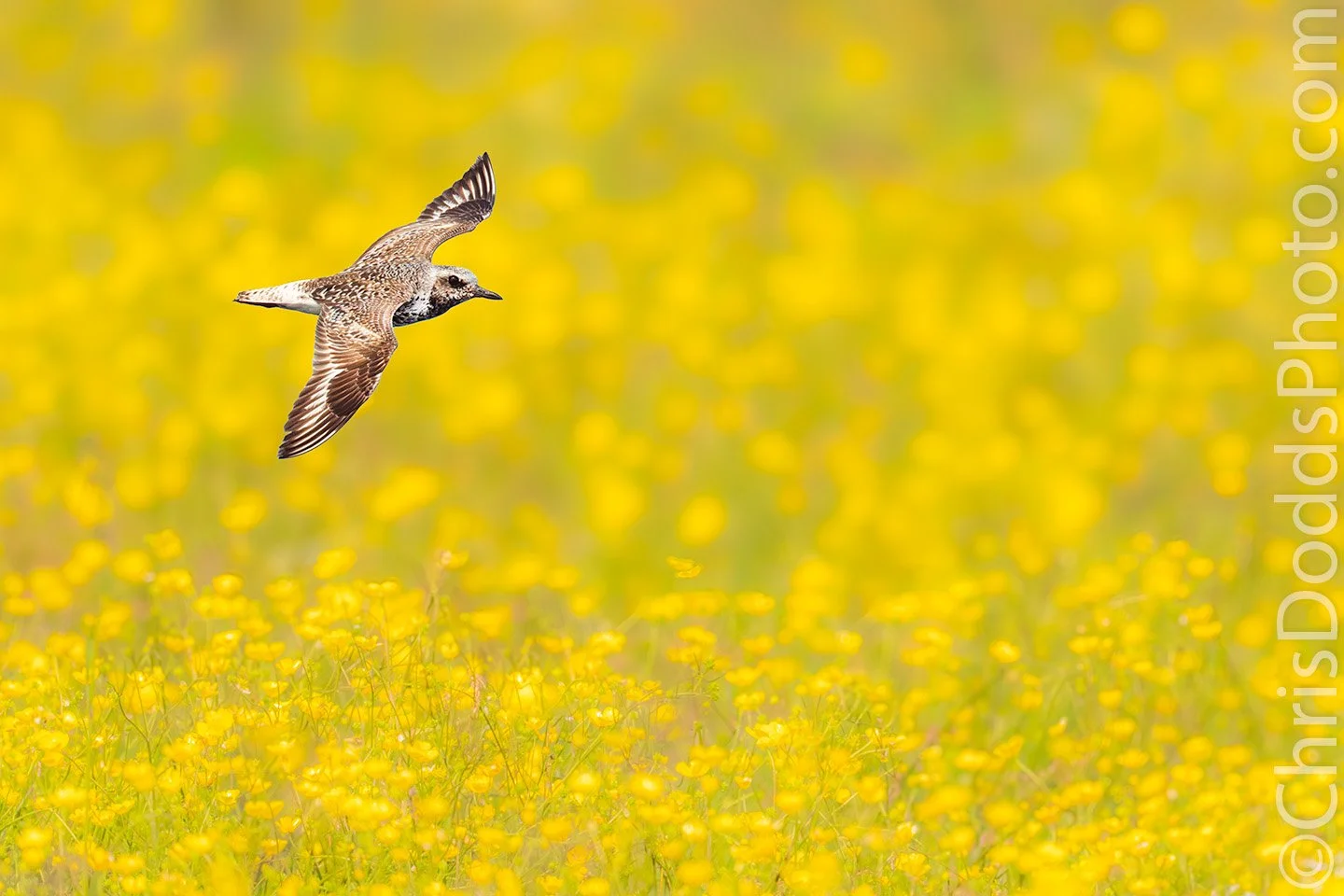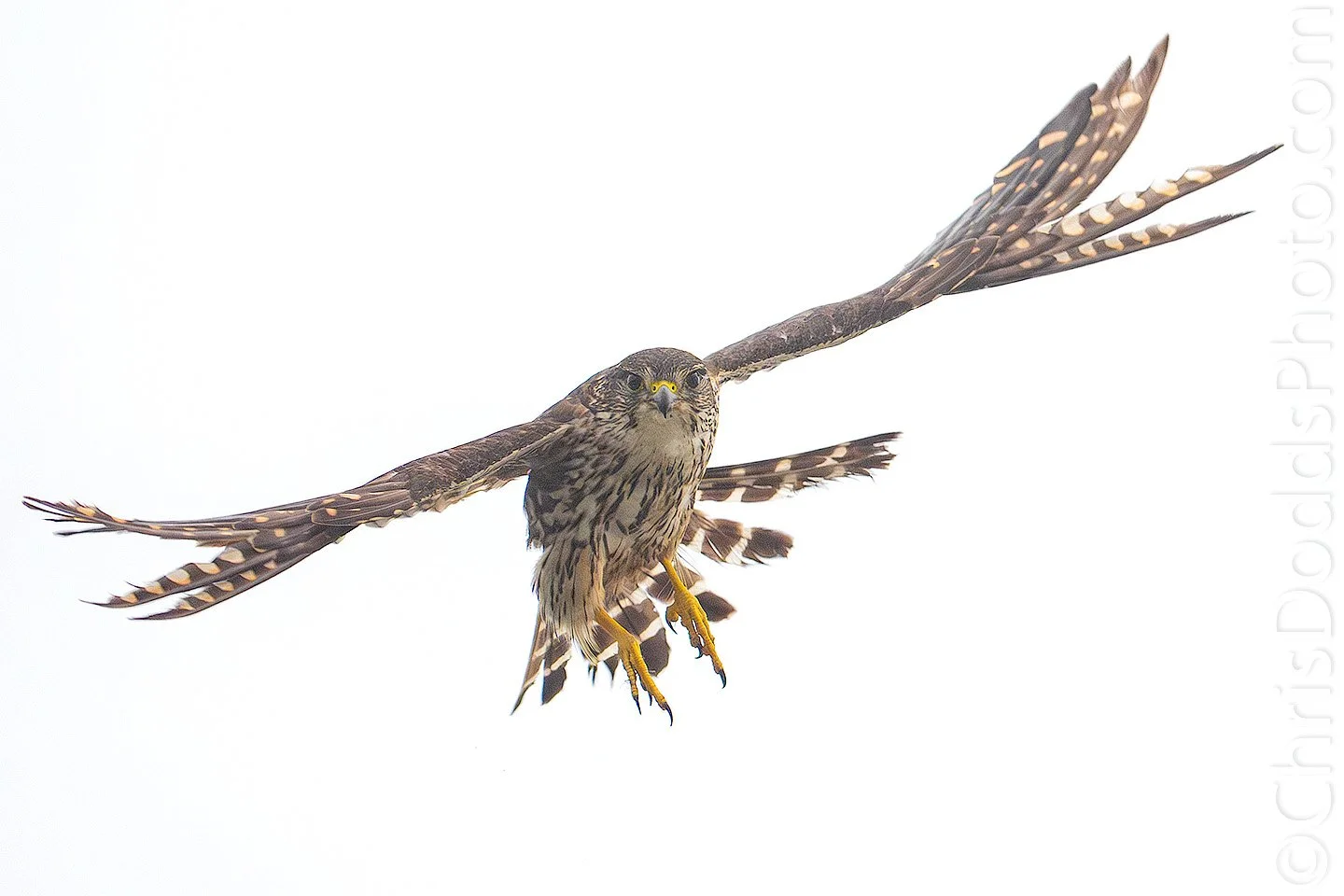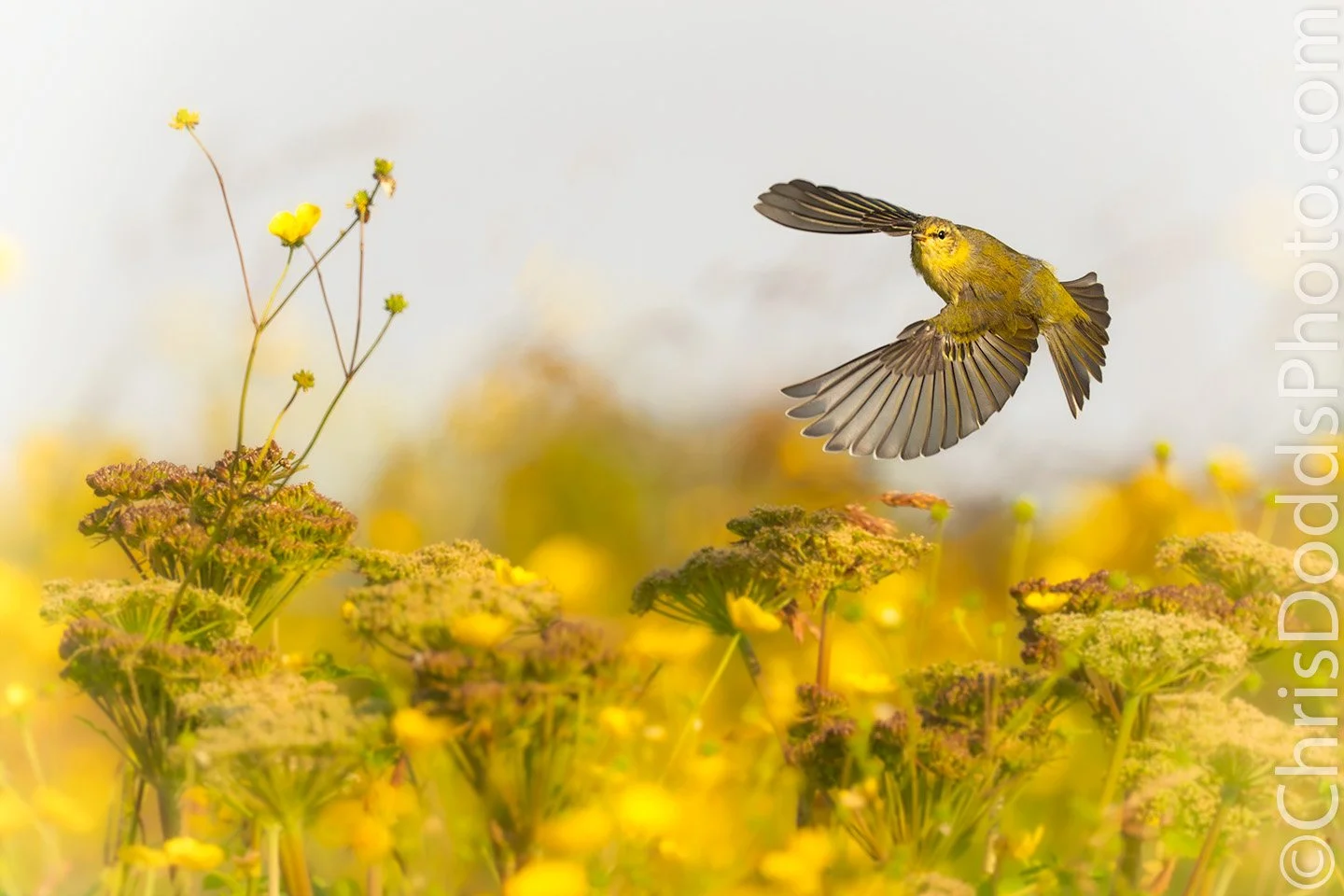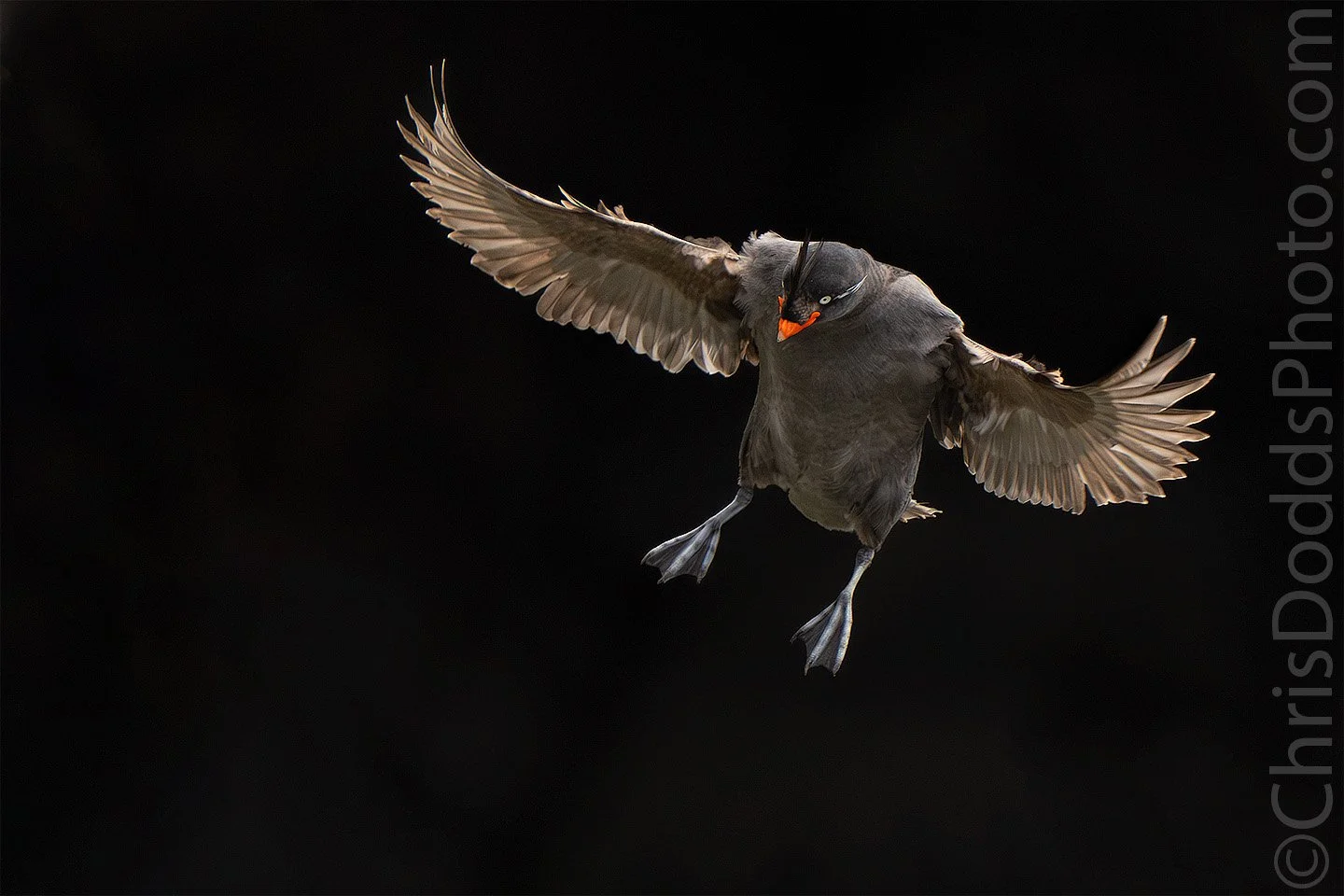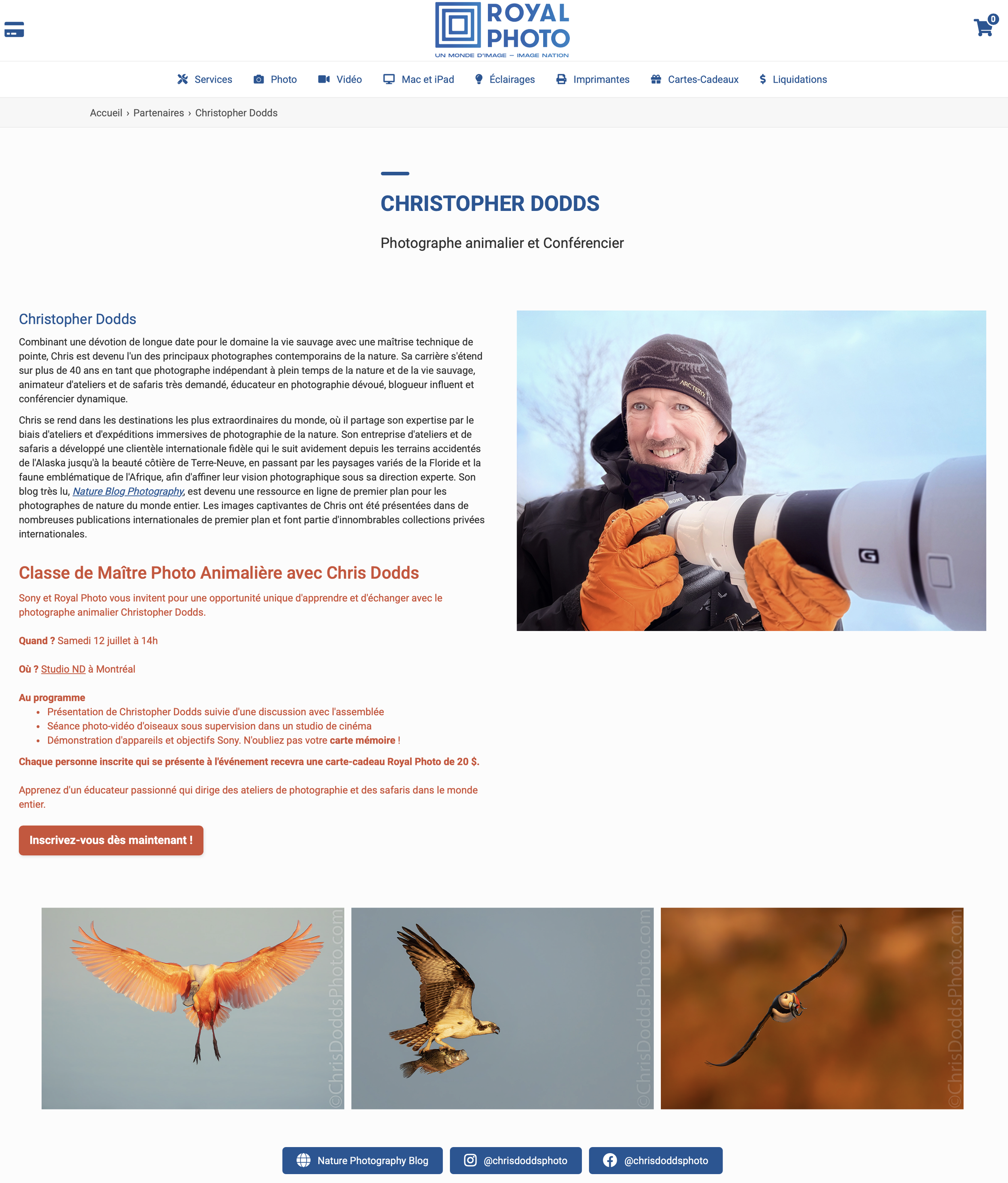After the long RV drive from Montreal down to New Mexico, Julie and I were more than ready to finally get out, breathe, and enjoy some real light again. We arrived a few days early ahead of my sold-out Better Than Bosque Workshop, using the extra time to scout all the best locations before greeting the participants when the workshop kicks off on December 5. And New Mexico wasted no time reminding us why this place is so special.
This beautiful Say’s Phoebe floated in and gave us the perfect welcome on November 29, 2025. The bird hovered right in front of us in that incredible New Mexico evening glow—soft golden light, a light breeze, and a clean background that looked like it was designed for this shot. After days on the road, it felt like the universe was tossing us a little reward.
Say’s Phoebes are one of those birds that don’t scream for attention, but once you spend a moment with them, you appreciate their quiet elegance. Soft warm tones, calm personality, and that classic flycatcher hunting style—launching out, grabbing insects mid-air, and drifting back like it’s nothing. They’re right at home in open country, ranchlands, and desert edges, which makes New Mexico prime territory for them.
This simple, beautiful encounter was exactly what I needed after all the miles. Sometimes you step out of the RV, and the shot just finds you.
Say’s Phoebe in Flight in Golden Light (Sayornis saya, Moucherolle à ventre roux, Mosquero llanero, SAPH) Photographed on November 29, 2025, while scouting for my Better than Bosque workshop. Albuquerque, New Mexico, USA. Image Copyright ©Christopher Dodds. Sony a9 Mark III Mirrorless camera & Sony FE 600mm f/4 G Master OSS Lens with Sony FE 2X Teleconverter @1,200mm ISO 3,200, f/8 @ 1/6,400s. Full frame image. Manual exposure.
